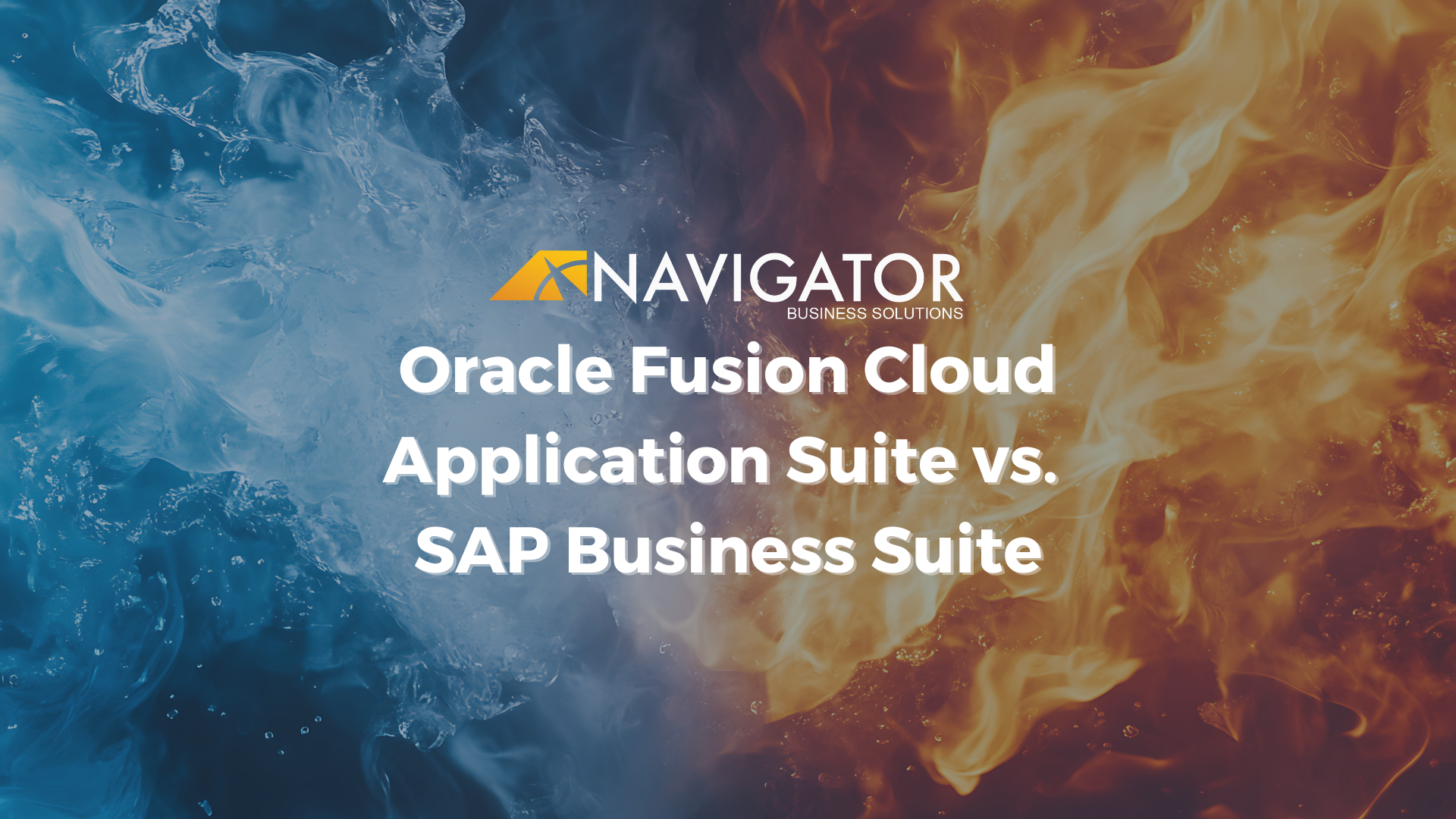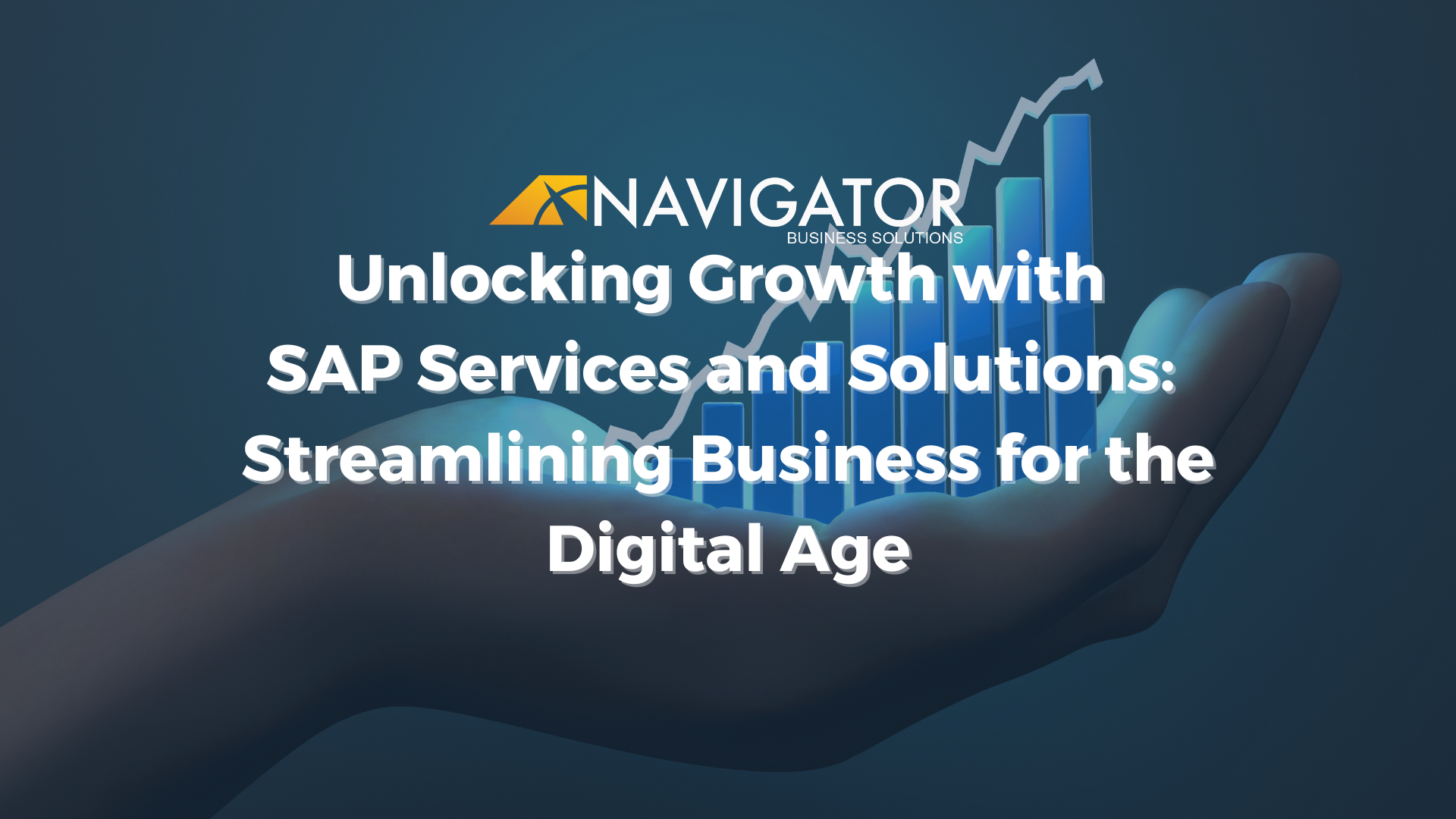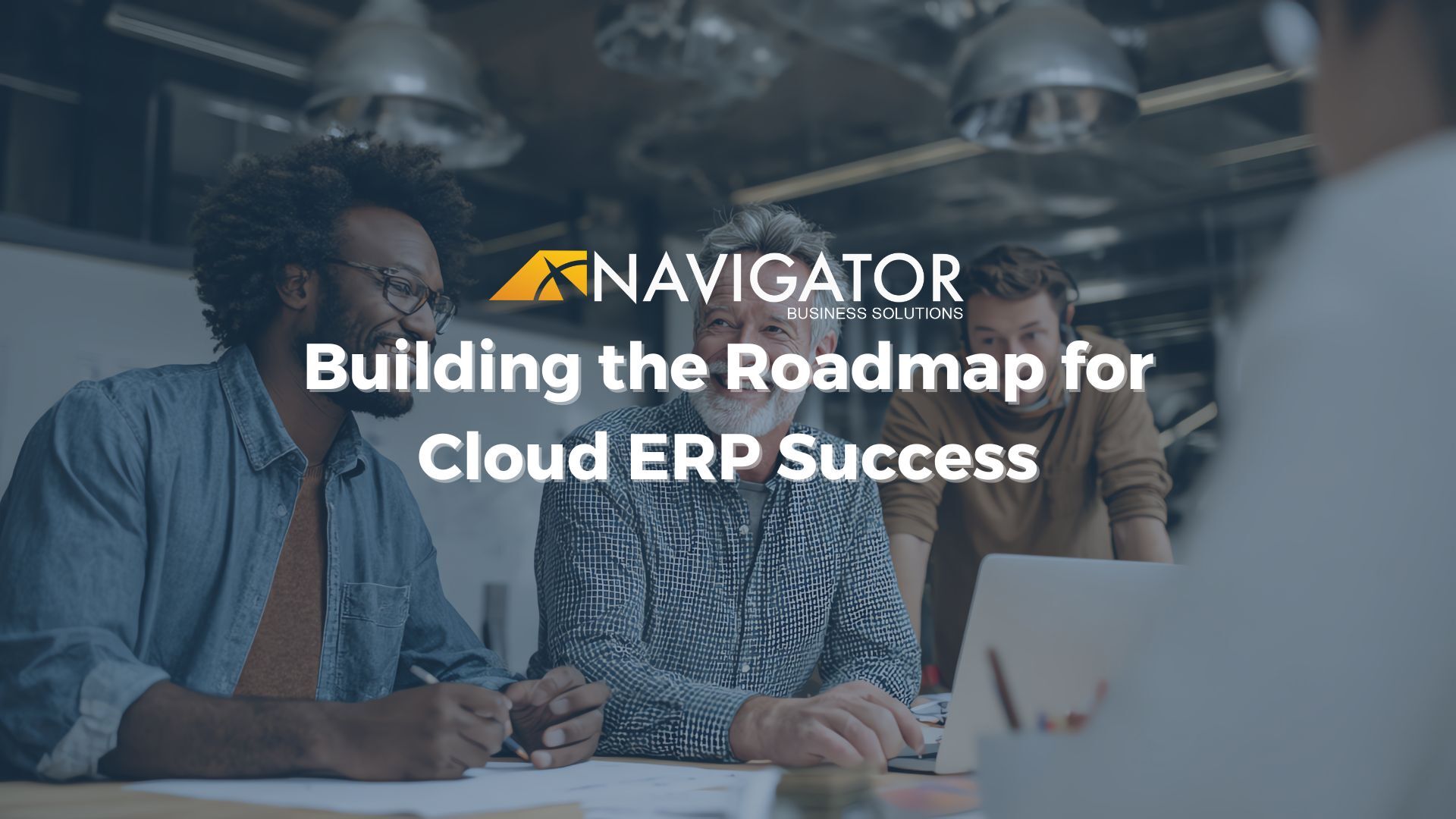As more and more businesses follow through on digital transformation projects, they are rethinking their attitudes toward their own IT departments and contemplating what business functions can be hosted in cloud environments. One of those areas being considered for the cloud is enterprise resource planning software (ERP), for example.
SAP’s Business One and Business ByDesign are two of the most popular ERP software packages for small-to-medium businesses, allowing users to manage key business functions in administration, financials, sales, purchasing, inventory, human resources, and more. Both come highly recommended for SME owners, but a key decision to be made before adopting one is whether to run them on-premise or in the cloud.
SAP Business ByDesign is specifically a cloud-based software-as-a-service (SaaS) platform, but Business One has both on-premise and cloud options. The best choice here is one that takes into consideration your specific business needs and available budget and resources. We’ll help you decide by running down the pros and cons of both.
How On-premise Works for ERP
On-premise means the software is installed directly on your devices and run from there, and the data center is a server (or servers) located on your own premises—thus the name. This means you bear all the cost of infrastructure as well as the responsibility for security and maintenance.
The main upside of an on-premise ERP solution is control. Everything is housed, maintained and run within company walls.
A large enterprise with well-proven business processes would be well-suited for this scenario. These processes should include robust security policies and procedures to protect against various threats to the IT infrastructure, such as viruses and malware. A frequent data backup schedule is also important, as is regularly testing that backup solution. And it’s crucial to have a sufficiently large internal IT staff on hand to control the entire data center, as well as to be prepared to swoop in case of server crashes.
How the Cloud Works for ERP
With SAP’s cloud service, on the other hand, a 24-hour support team handles all the technical issues with the ERP backend. You can count on this team to be well-versed on the company’s own software; they’ll know best how to handle any problems that may arise.
Complete security is also guaranteed, with all the required certifications already present, since SAP wouldn’t risk its reputation by losing even a single client’s data.
All this helps reduce costs and makes it easier to quantify your investment, too, since your solution contract will be for a specified number of users.
Deciding Whether On-Premise or Cloud ERP is Best
On-premise gives you more control, while cloud offers more value for time and money. But there are a number of other factors to consider further before making a decision.
Current setup. It’s true that on-premise ERP requires a substantial server infrastructure. But if that’s something you already own, then this might not be an issue. Provided that your data center can still function even with the extra load that ERP puts on it, you might as well make use of your existing investment instead of paying for a cloud service.
Customization. If your business is a relatively simple and common one, so you can use SAP Business One pretty much right out of the box, then the cloud is a good option. However, if your business scenario is more complex or unique, customization and integration may be more easily executed in an on-premise model. Be careful to study the partner-hosted clouds available to you and determine whether they can accommodate any potential customization needs you might have in the future.
Upgrades. In this regard, the cloud model beats on-premise handily. An upgrade to an on-premise ERP can result in between 8 and 24 hours of server downtime. You’d also be well advised to have separate infrastructure on hand to test upgrades and migration, which increases your costs. A SaaS platform, on the other hand, can upgrade itself in about an hour, regularly and automatically, and usually for free.
Scalability. If your business is growing and you need to scale-up your ERP accordingly, that’s a lot easier in the cloud. All you have to do is change your subscription level and add more users—and the same is true if you need to scale down for whatever reason. If you’re running on-premise, you’ll have to invest in more servers, bigger server rooms, and more IT staff to upscale; and if you have to downscale, you’ll be left with assets you don’t need.
Convenience. Naturally, cloud deployment will be much more convenient for most businesses. You won’t need to maintain and manage the servers you’d need to run your software on-premise, nor will you need to hire and keep qualified IT staff to do the actual maintenance and management. Running SAP Business ByDesign or Business One in the cloud is also better if you have a remote or mobile workforce.
Cost. Money often is the bottom line for business decisions. While adopting a cloud platform means you’re paying license fees in perpetuity, you won’t be making a possibly massive upfront investment. And take note that an on-premise model still involves ongoing costs—electricity bills, for instance, as well as the need to upgrade your servers and staff for ongoing maintenance and support.
While there may seem to be more advantages to SAP in the cloud than on-premise, there still are situations where on-premise makes sense. That’s why there are options for both among most major ERP providers.
If you would like help figuring out what’s right for your organization, contact one of our ERP consultants at (801) 642-0123 or by emailing us at info@nbs-us.com.




